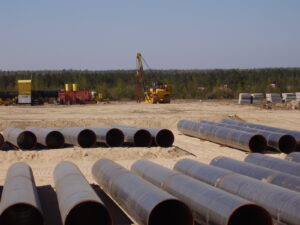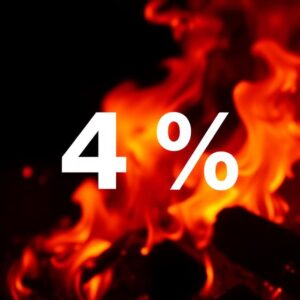Before buying anything it’s important to understand the difference between trading vs investing. The financial markets are vast and more and more assets are becoming tradable all the time. Not every kind of asset is a good investment and many are only suitable for trading or bona fide hedging. While almost everything in finance involves some kind of trade, there are very different approaches to profit from the markets.
Trading: Buy Low, Sell High
Trading involves buying an asset with the intention to sell it to someone else at a higher price. If the asset doesn’t produce anything while it’s held, the trader is profiting simply by picking better prices than the other parties. Because nothing is produced, any profits made by a trader come at the expense of other traders. This is known as a “zero-sum game” and it makes trading extremely competitive. Apart from hedging (discussed below), trading is pure speculation.
Some market participants are directly involved with the production or consumption of an asset. Their trades may be considered “hedging” which serves a purpose related to their regular business. For example, a corn farmer may sell futures contracts on the crops they are growing to lock in a profit. Traders may take the other side of that trade because they believe the demand for corn will rise. This kind of trade can be a win/win because the farmer avoids the risk of a price decline while the trader gains a profit by selling after prices rise.
Commodities, currencies, and most derivative contracts (especially options) tend to fall into the realm of trading. If the purpose of holding an asset is simply to sell it to someone at a higher price, then it is most likely a trade.
Investing: Buy for Compound Return
Investing, on the other hand, takes an entirely different approach to profiting than trading. While investing necessarily involves a trade, the underlying prices move because the intrinsic value changes over time. In contrast, with trading it’s only the perceived value that changes.
Some assets provide an increase in value on their own without regard for supply and demand. Examples of this effect are a business reaching new markets, real estate generating rental income, or a bond paying interest. These assets would be considered investments because market participants can profit by trading them at fair prices at different points in time.
Securities (i.e. stocks and bonds), real estate, and managed funds are generally seen as investments. While these assets may be traded as described above, they may also generate passive profits for the holders.
Trading vs Investing
Summary of Differences
The SEC provides a list of investment products. While it excludes some kinds of investment, such as real estate, this list covers what most financial advisors will offer to clients.



